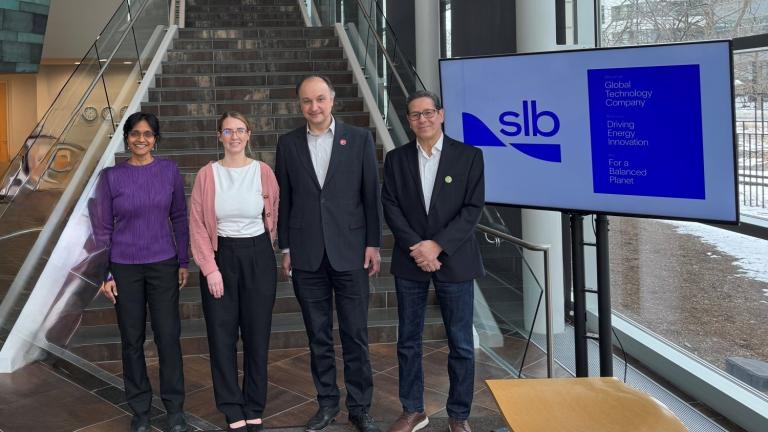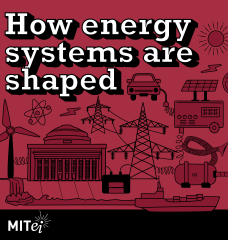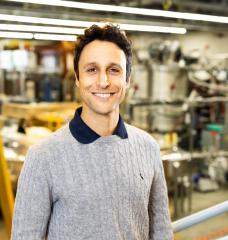
SLB, a global company creating technology to address the world’s energy challenges, has joined the MIT.nano Consortium.
The MIT.nano Consortium is a platform for academia-industry collaboration, fostering research and innovation in nanoscale science and engineering.
“The addition of SLB to the MIT.nano Consortium represents a powerful synergy between academic innovation and leading industry,” says Vladimir Bulović, the founding faculty director of MIT.nano and the Fariborz Masseh (1990) Professor of Emerging Technologies at MIT. “SLB’s expertise in developing energy technologies and its commitment to decarbonization aligns with MIT‘s mission to address the many challenges of climate change. Their addition to the consortium, and collaborations that will follow, will empower the MIT.nano community to advance critical research in this domain.”
For 100 years, SLB has developed strategies and systems to unlock access to energy beneath the Earth’s surface. The company’s founder, Conrad Schlumberger, conceived the idea of using electrical measurements to map subsurface rock bodies back in 1912. Since then, SLB has continued to open new fronts in energy exploration—innovating in oil and gas, scaling new technologies, and designing digital solutions. Applying decades of innovation in science and engineering, SLB has committed to accelerating the decarbonization of the energy sector and supporting the global transition to low-carbon energy systems.
With more than 900 facilities in over 120 countries, SLB adds to the global industry perspective of the MIT.nano Consortium and the broader MIT research community.
“Taking a nanoscale approach to the scientific and technological challenges we face in the decarbonization domains is an endeavor that SLB is excited to embark on with MIT.nano,” says Smaine Zeroug, SLB research director and ambassador to MIT. “We are confident our engagement with MIT.nano and the extensive research network they offer access to will ultimately lead to field-viable solutions.”
SLB has a longstanding relationship with MIT. The company, formerly named Schlumberger, donated specialized software to the MIT Seismic Visualization Laboratory in 1999 to enable MIT researchers and students to use three-dimensional seismic data in their studies of the Earth’s upper crust. SLB is also a current member of the MIT CSAIL Alliances.
As a member of the MIT.nano consortium, SLB will gain unparalleled access to MIT.nano’s dynamic user community, providing opportunities to share expertise and guide advances in nanoscale technology.
MIT.nano continues to welcome new companies as sustaining members. For details, and to see a list of current members, visit the MIT.nano Consortium page.





